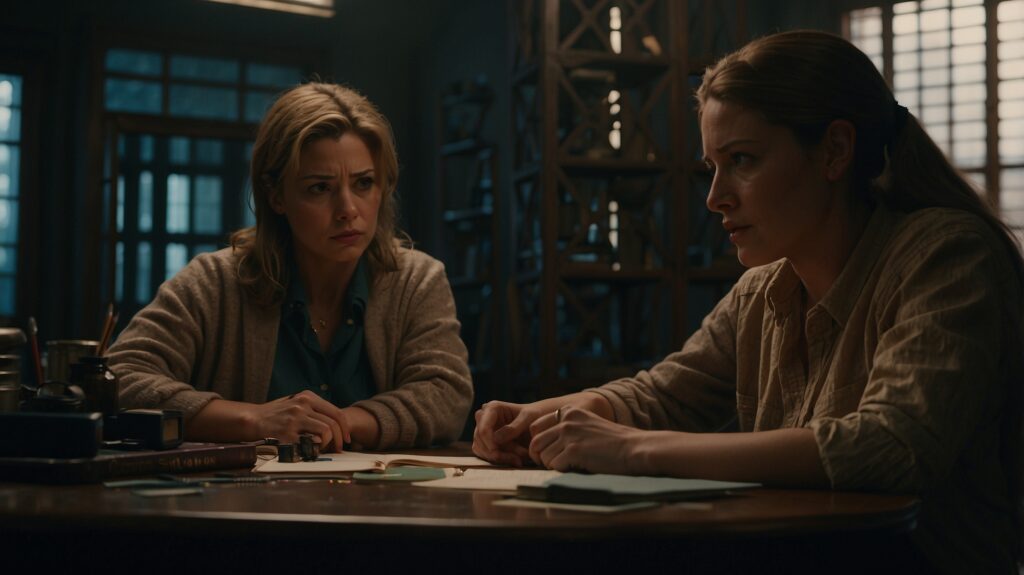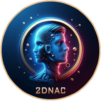
When negotiating the terms for character development, it’s essential to cover several key areas to ensure both parties have a clear picture of the project and set realistic expectations. Here are the critical points to discuss during negotiations:
Project Scope and Requirements
Discuss and Define:
Character Complexity: Outline the level of detail required for the character design. This includes the intricacy of features, costumes, and accessories.
Number of Characters: Confirm how many characters are needed and if they require unique designs or variations of a base model.
Detailed Requirements: Specify any particular features or abilities the character should have, such as facial expressions, movement styles, or special effects.
Project Timeline and Milestones
Discuss and Define:
Timeline: Agree on a realistic timeline for the project, including start and end dates.
Milestones: Establish key milestones for different stages of development, such as concept approval, initial modeling, rigging, and final animations.
Deadlines: Set clear deadlines for each milestone to ensure the project stays on track.
Creative Process and Iterations
Discuss and Define:
Concept Development: Outline the process for creating initial sketches and concept art. Agree on how many concepts will be presented for review.
Revisions: Determine the number of revisions included at each stage and the process for requesting changes.
Feedback: Establish a clear feedback loop, including how feedback will be provided and the timeframe for responses.
Technical Specifications
Discuss and Define:
Software and Tools: Identify the software and tools that will be used for modeling, texturing, rigging, and animation. Ensure compatibility with the client’s systems.
File Formats: Confirm the required file formats for deliverables to ensure they can be easily integrated into the client’s pipeline.
Quality Standards: Agree on the quality standards and resolution for the final assets, including textures, meshes, and animations.
Licensing and Usage Rights
Discuss and Define:
Usage Rights: Clarify the extent of usage rights, such as whether the client will have exclusive rights to the character or if it can be reused in other projects.
Licensing Terms: Discuss any licensing terms, including any restrictions on how the character can be used or distributed.
Ownership: Determine who retains ownership of the final character assets and any associated intellectual property.
Additional Services and Support
Discuss and Define:
Post-Delivery Support: Outline any ongoing support or maintenance that may be required after the character is delivered.
Training: If necessary, discuss training for the client’s team on how to use and integrate the character assets.
Future Updates: Agree on the process and terms for any future updates or modifications to the character.
Communication and Project Management
Discuss and Define:
Point of Contact: Establish a primary point of contact for both parties to streamline communication.
Regular Updates: Agree on the frequency and format of regular updates to keep the client informed of progress.
Project Management Tools: Identify any project management tools that will be used to track progress and manage tasks.
Conclusion
By thoroughly discussing these key points, both parties can ensure a clear understanding of the project requirements and expectations. This approach helps prevent misunderstandings and ensures a smoother development process. At 2DNAC, we believe in transparent and comprehensive negotiations to deliver high-quality character development services tailored to our clients’ needs. For more information and to discuss your project, visit our portfolio and contact us.
